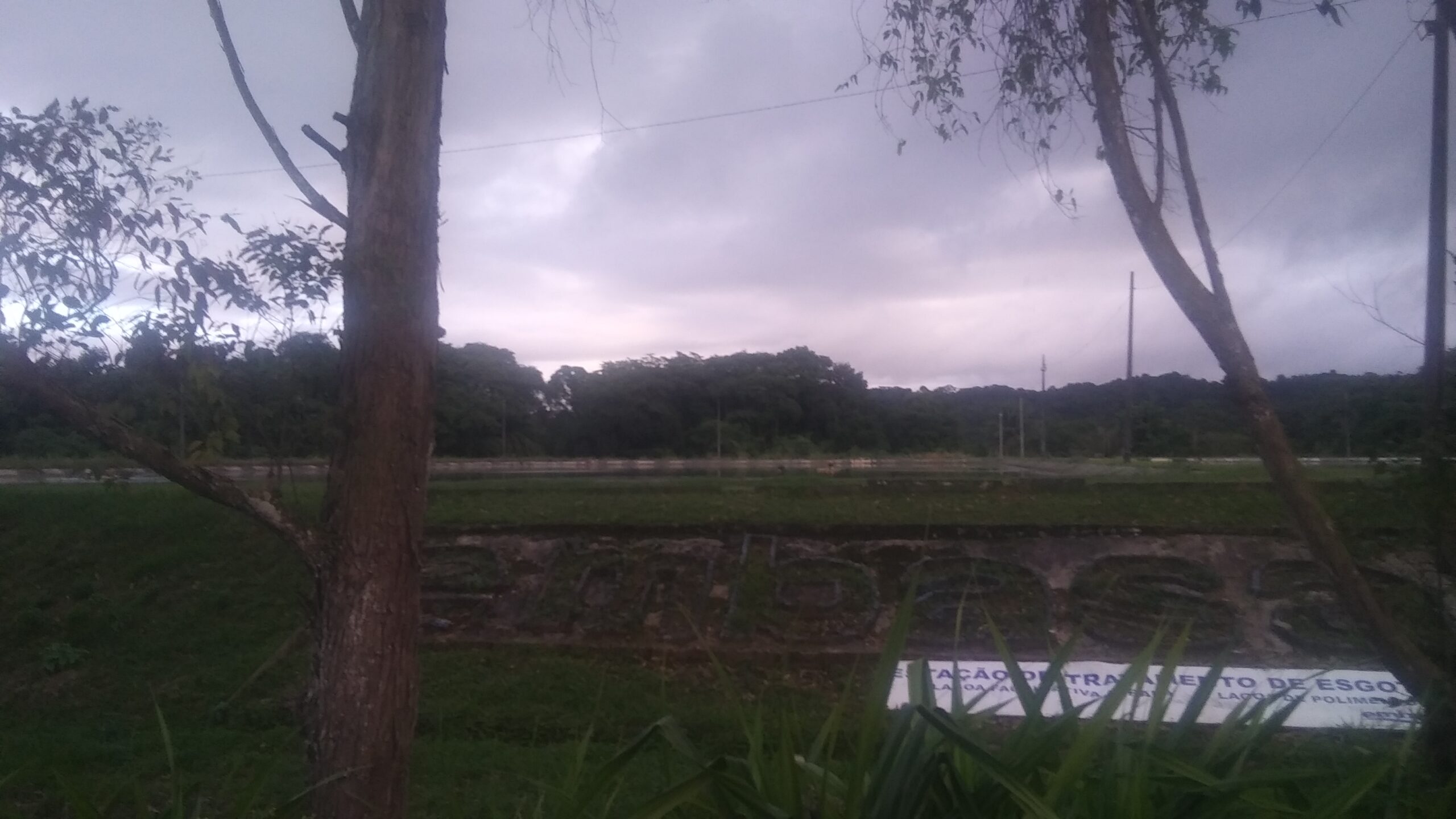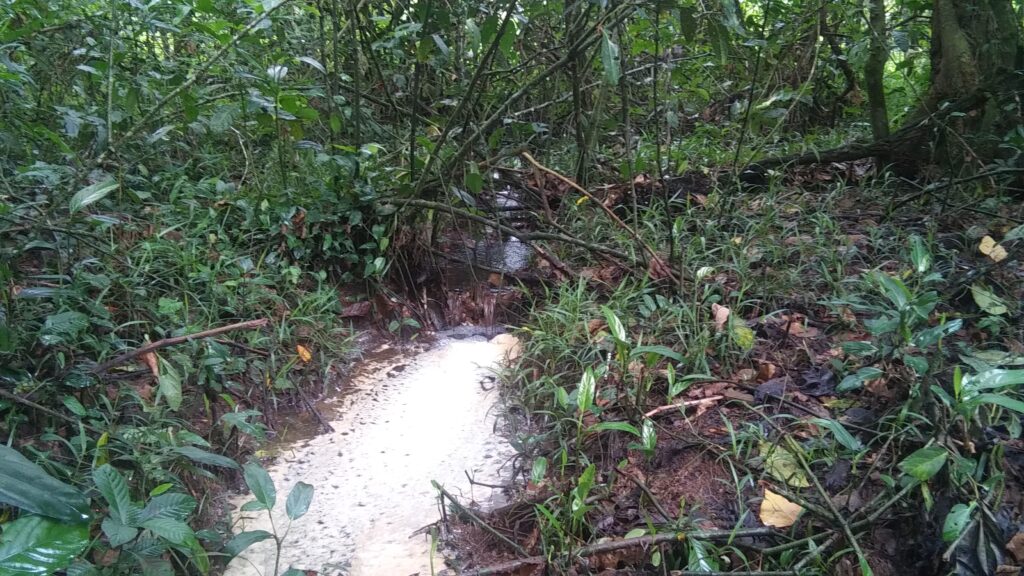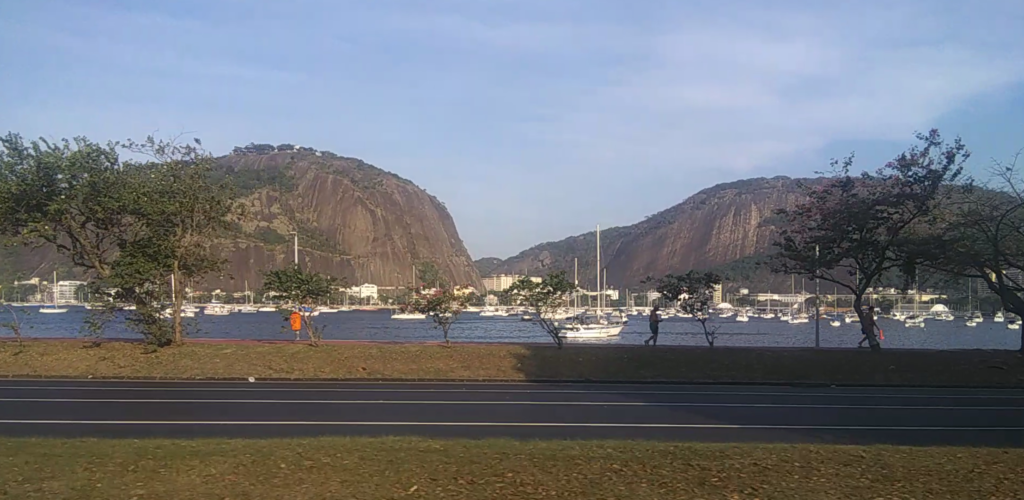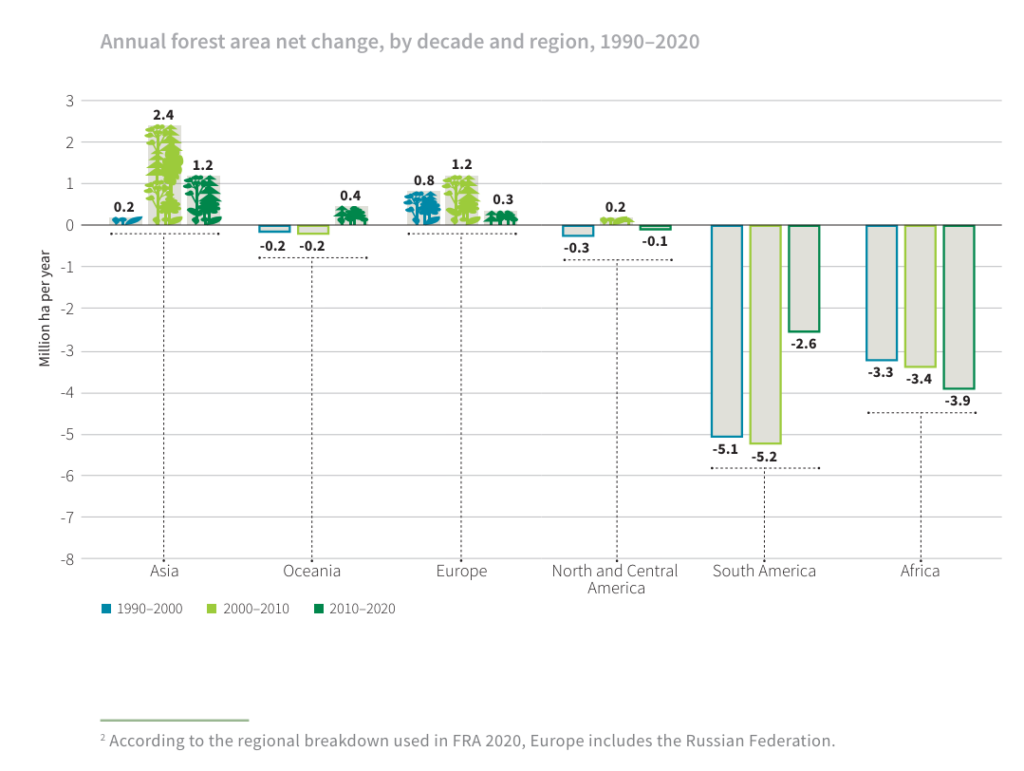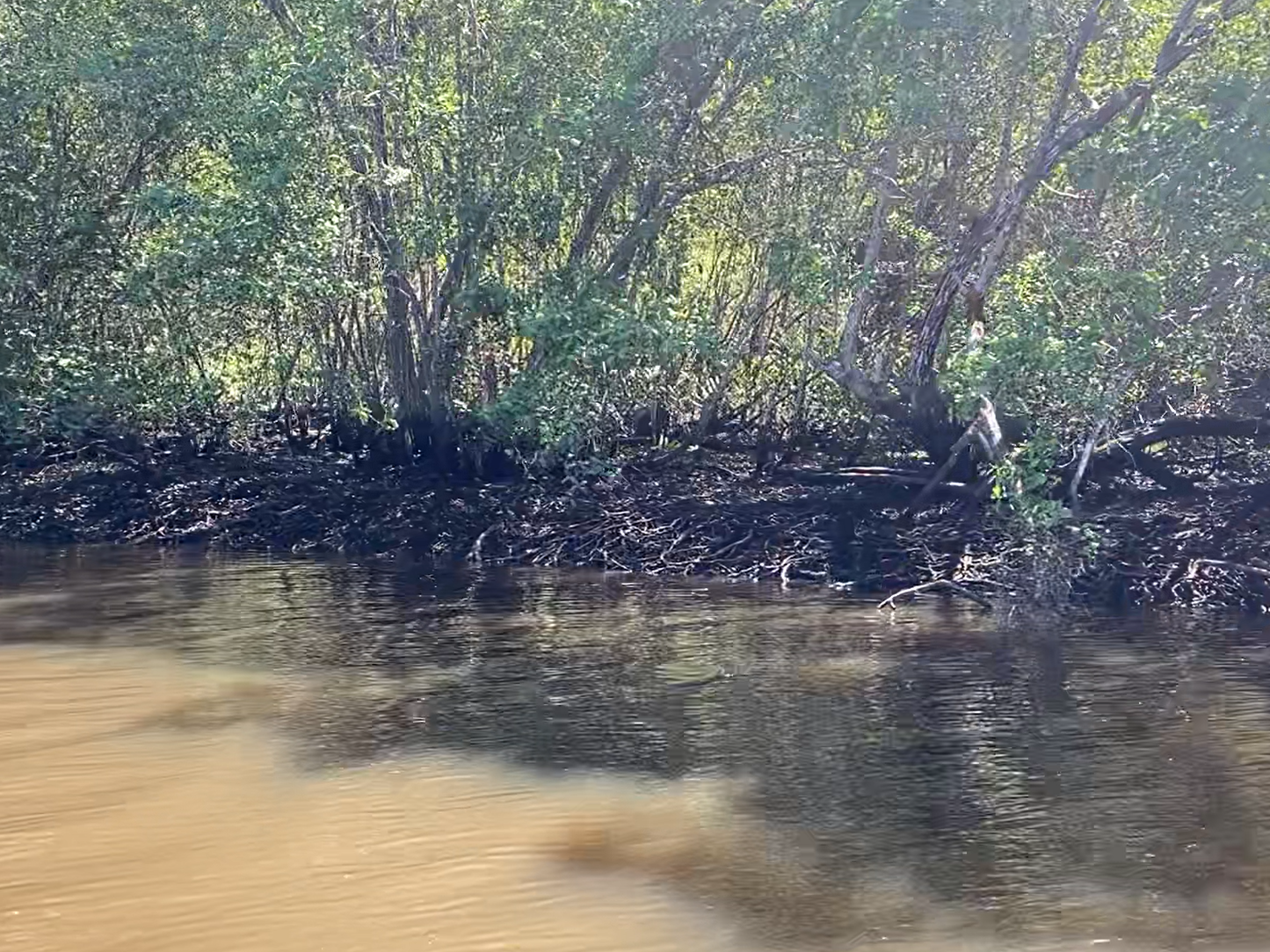CCSU in Brazil
Scientists have said water pollution is a big concern around the world due to climate change, but it is especially worrisome in Brazil, where many water sources have been tainted.
Peter Klein, an associate professor of sociology and environmental and urban studies at Bard College in Annandale-On-Hudson, New York, studies favelas, the low-income neighborhoods of Brazil, and the fishing community in Rio de Janeiro. He said the Guanabara Bay in Rio is heavily polluted.
“One source of water pollution is untreated water, so you have untreated sewage, for example, just going straight into the bay,” Klein said. “Many [are] from other kind of favela informal housing communities where the state or government just hasn’t put in a water treatment facility or it can’t handle the flow of water.”
Water.org, a global nonprofit organization dedicated to water access and sanitation, reports that about 12% of people in Brazil don’t have access to clean water, and about 50% don’t have access to a safe toilet. The lack of sewage infrastructure, especially in rural areas, means that there is no safe place for waste water to go, and it ends up polluting drinking water.
Klein said that industrialization is also a cause of water pollution in Brazil. He said incidents of chemical substances, such as an oil spill in Guanabara Bay that occurred 20 years ago, do a lot of damage.
“You have other kinds of chemicals with different polluting kinds of pollution, right?” Klein said. “They leak from different kind of manufacturing plants right into the bay. So, the kinds of water pollution are all-encompassing.”
Deforestation also leads to water pollution. Dr. Muhammad Sharif wrote in Emission Index in 2023 that deforestation causes a disturbance in the soil since the trees are no longer present to stabilize soil during rainfall. South America has lost 30 million acres of trees between 1990 and 2020, according to the Food and Agriculture Organization of the United Nations.
Deforestation causes soil erosion, so sediment gets into water sources more easily and taints them. Chemicals are also able to get into water sources more easily without trees present to keep them locked in the soil. This decreases the amount of safe water for people. The Atlantic Forest in Brazil has been greatly reduced by deforestation, adding to the water pollution problem.
Water pollution due to climate change in turn affects the environment around the water source. For example, Klein said the pollution in Guanabara Bay has destroyed the mangroves that grew on its edges.
“The mangroves are super important for all kinds of aquatic life,” Klein said. “So when that’s gone, you get different makeup of fish, different kinds of shrimp and crab and all sorts of things that were really important to the environment that as we all know from our middle school, high school science classes…that any kind of change in one part of that food chain, let’s say, or the broader ecosystem, is gonna have lots of effects. So that the loss of mangroves has a wide arrange of impacts. So the water pollution is going to change all these ecosystems drastically.”
But Brazil is taking steps to reduce water pollution. In 1997, the Federal Water Law created a legal and institutional framework for managing water resources. The National Water and Sanitation Agency was formed in 2000 to have an institution to drive the reformation process. As of 2020, the Sanitation Law gave the agency the ability to define standards for water and sanitation.
Addressing water security challenges requires collaboration across multiple parts of the government and outside groups. The Organization for Economic Co-operation and Development, an international organization that helps countries to create economic growth policies, is working with Brazil to improve water quality.
In a 2022 report on Brazil’s water situation, the international organization wrote that the best steps for Brazil to take include multi-level cooperation, increasing awareness of the importance of water value and improving government regulation of solutions. This will ensure that the country has a solid basis to take proper actions, it said.
To improve sanitation, Brazil has built several water treatment plants. In Ilhéus, Bahia, a new treatment plant opened in 2020 created in partnership with The Bahian Water and Sanitation Company, or Embasa.
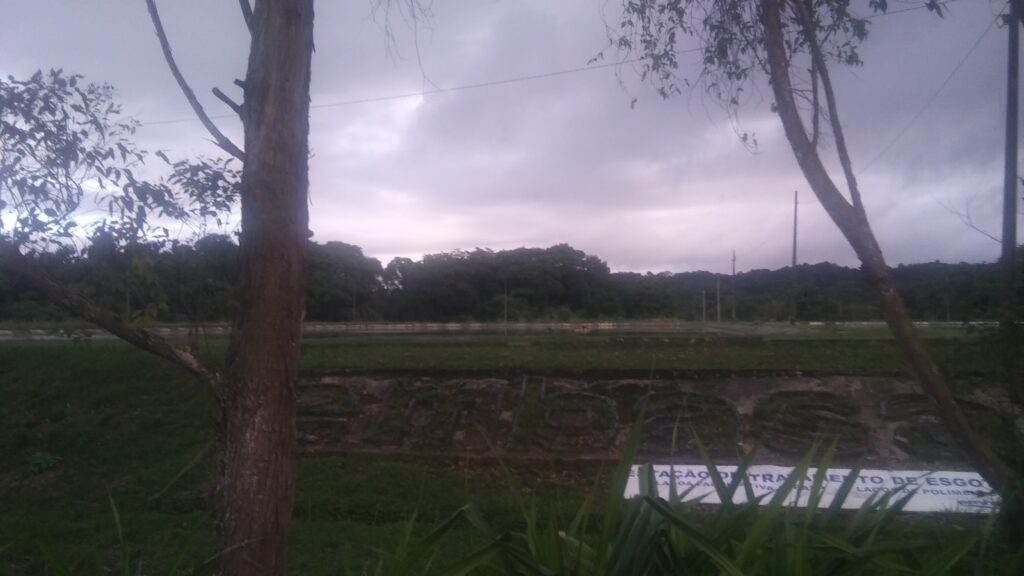
G1 Globo, a Brazilian news outlet, reported in 2020 that the system built as a part of the treatment plant has increased sewage collection and treatment from 57% to 80% for the benefit of about 65,000 residents. These efforts have helped to improve public health and decrease water pollution in the nearby Pontal Bay.
Boat operator Alberto Fredrico said he has worked in Pontal Bay for 10 years in tourism and sports fishing. Despite having issues with a rising sand level, causing the water of the bay and the surrounding rivers growing shallower due to construction, he said the water is clean.
“It’s a very fertile water,” Fredrico said. “There’s fish going through here all the time so there’s not really a problem with that [water pollution]. So that’s why there’s a lot of fishing around.”
Reforestation efforts are also helping to improve water conditions. The World Wildlife Fund is collaborating with local conservation efforts to rebuild Brazil’s Atlantic Forest to improve the environment. Copaíba, founded by sisters Flavia and Ana Paula Balderi, is a tree nursery, WWF wrote in 2021. The sisters were inspired to restore the forest along the polluted Rio de Peixe, which had lost much of the trees along its banks, contributing to its pollution.
The project has raised thousands of seedlings of native trees to be used in reforestation. It has restored 2.5 million acres, according to WWF. The replanting of the forest helps decrease the water pollution caused by run-off and sediment. Scientists have said that the more trees that are replanted, the better it will improve the quality of rivers.
Experts say that Brazil still has a long way to go in terms of combating and reducing water pollution, but great progress has been made. Klein said that there are several ways to tackle the water pollution problem in Brazil.
“There’re structural laws, there’s individual behaviors, there’s cultural kind of perceptions that we see and engage with water as well that can be changed,” Klein said. “Some of those things happen faster than others.”
